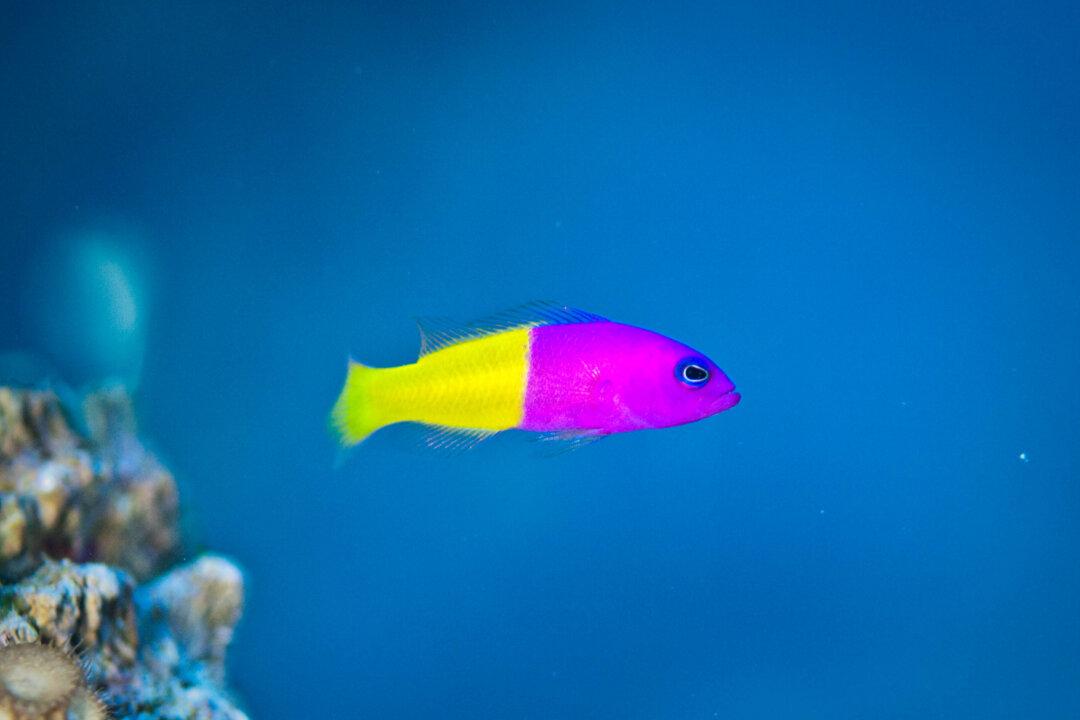The dusky dottyback, a fish living in the Great Barrier Reef, can change color to blend in with unsuspecting adult damselfish so it can prey on their young.
“We tested this wolf in sheep’s clothing predatory benefit by putting dottybacks with their regular prey—the juvenile damselfish,” says Fabio Cortesi, a visiting scholar at the University of Queensland.




